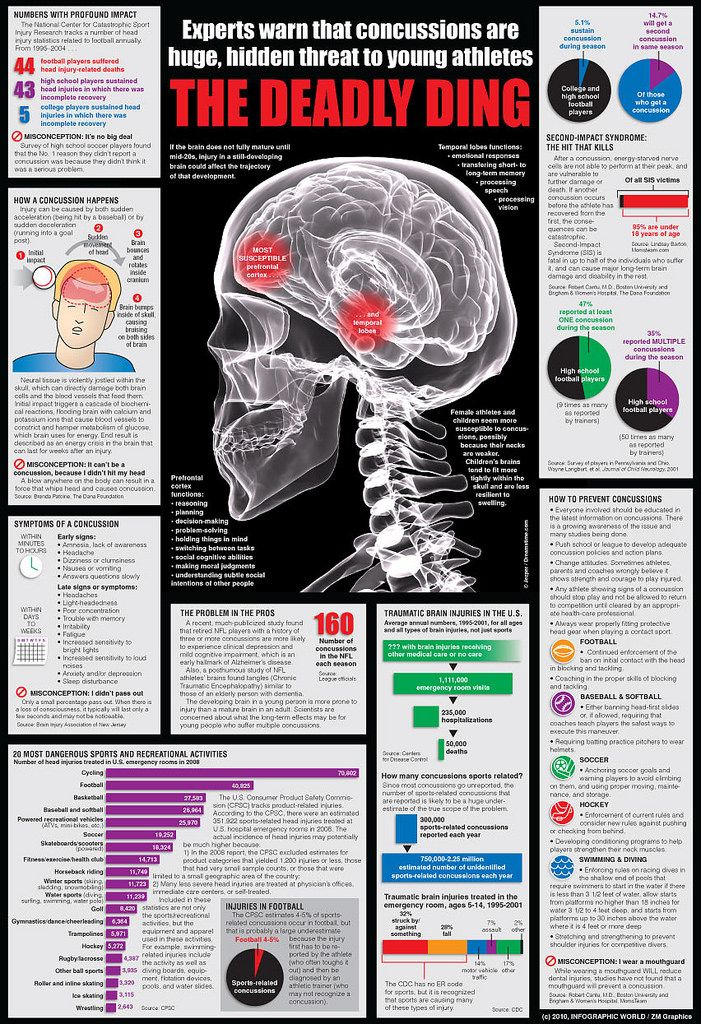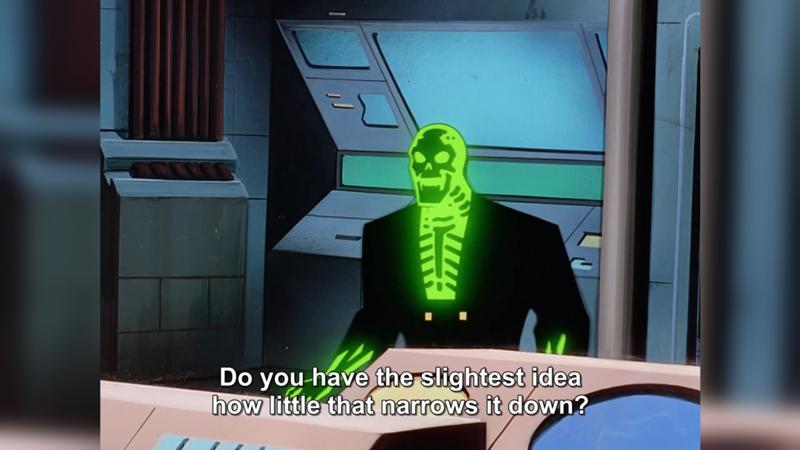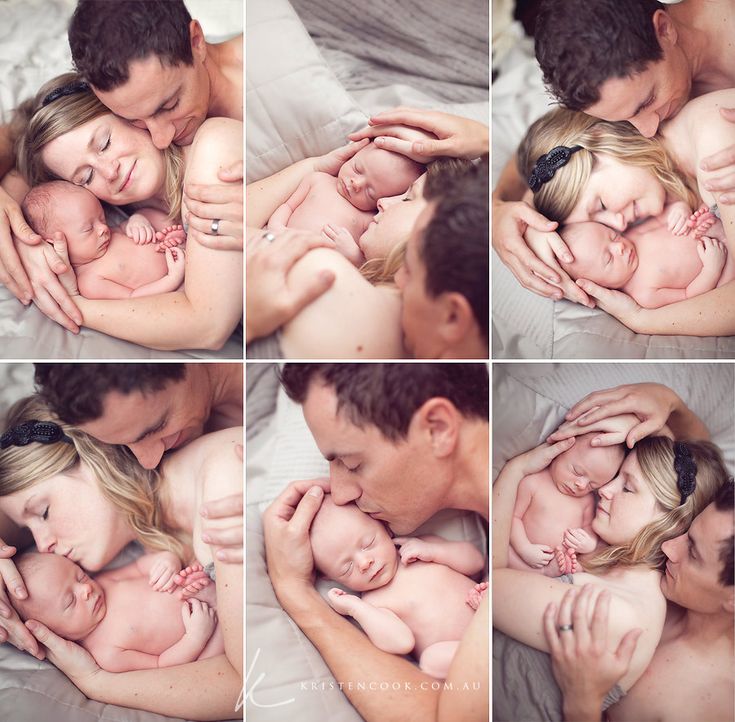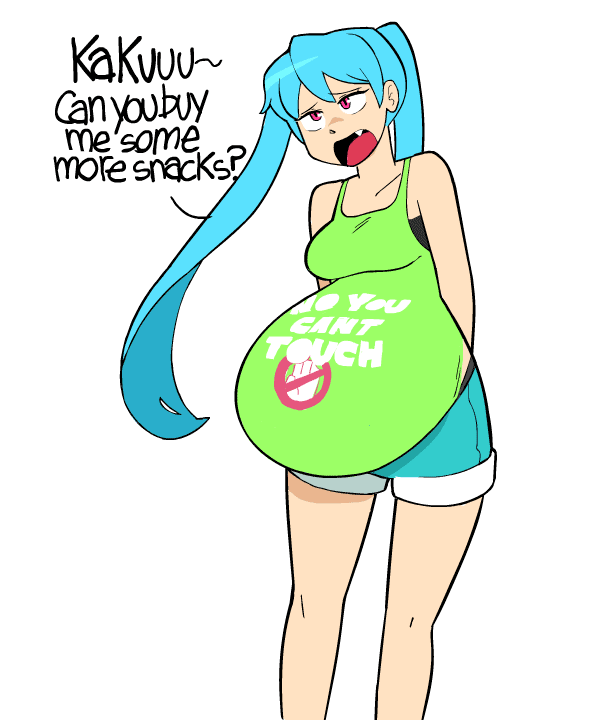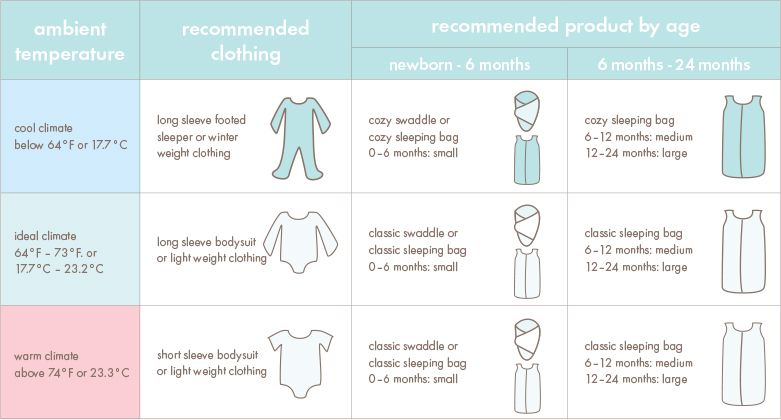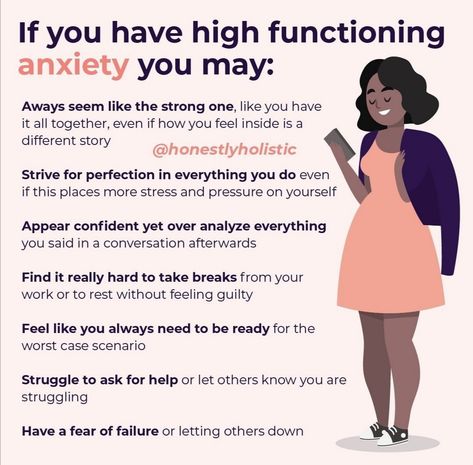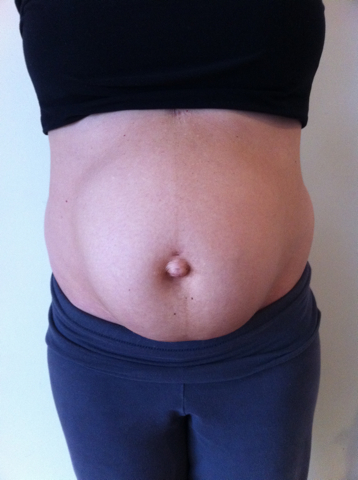How do you know if a child has concussion
Signs of Concussion in Children: Warnings for Parents
Overview
You may think that concussions are only something that can happen on the football field or in older children. Concussions can actually happen at any age and to both girls and boys.
In fact, the American Academy of Pediatrics notes that there are actually more concussions in girls’ sports.
Moral of the story? It’s important to know the signs and symptoms of a concussion, how to prevent concussions from happening, when it’s time to take your child to the doctor, and how to treat a concussion.
What is a concussion?
A concussion is an injury to the brain that causes the brain to actually stop working normally for a temporary or permanent time.
Concussions are usually caused by some type of trauma to the head, like falling on the head or getting into a car accident.
Concussions are especially dangerous in young children because they may not be able to tell you how they’re feeling. You’ll need to watch them carefully for any signs and symptoms.
To make things even more confusing, sometimes concussion symptoms don’t show up right away after an injury. The signs and symptoms may appear hours or even days after the injury.
The signs of a concussion are generally the same for any age. But for babies, toddlers, and older children, you may have to think a little differently when trying to determine if they have a concussion.
Signs of a concussion in babies
In young babies, signs of a concussion can include:
- crying when you move the baby’s head
- irritability
- interruption in the baby’s sleeping habits, either sleeping more or less
- vomiting
- bump or bruise on the head
Signs of a concussion in toddlers
A toddler may be able to indicate when their head hurts and be more vocal about symptoms, which can include:
- headache
- nausea or vomiting
- behavior changes
- sleep changes — more or less sleeping
- excessive crying
- loss of interest in playing or doing their favorite activities
Signs of a concussion in older children (Ages 2+)
Children older than 2 years may show more behavioral changes, such as:
- dizziness or balance problems
- double or blurry vision
- sensitivity to light
- sensitivity to noise
- looking like they’re daydreaming
- trouble concentrating
- trouble remembering
- confused or forgetful about recent events
- slow to answer questions
- changes in mood — irritable, sad, emotional, nervous
- drowsiness
- change in sleep patterns
- difficulty sleeping
When to call the doctor
What happens if you see your child fall on their head or otherwise get injured? How do you know when you need to take them to the doctor?
The most important thing you can do is watch your child very carefully. Ask yourself the following questions:
Ask yourself the following questions:
- Is my child acting normally?
- Are they acting more drowsy than normal?
- Has their behavior changed?
If your child is awake, active, and doesn’t seem to be acting any different after a mild bump to the head, your child is most likely fine.
It’s always a good idea, of course, to get your child checked out. You may not have to rush to the ER for a small bump on the head without any symptoms.
However, if your child is showing any signs of a concussion, you’ll need to get medical attention right away, especially if they:
- are vomiting
- have lost consciousness for more than a minute or two
- are difficult to wake up
- have a seizure
It’s OK to let your child nap if they’re sleepy after bumping their head, but monitor them very carefully after they wake up.
While no test can officially diagnose a concussion, a CT or MRI may occasionally be used to get a picture of the brain if the doctor suspects bleeding.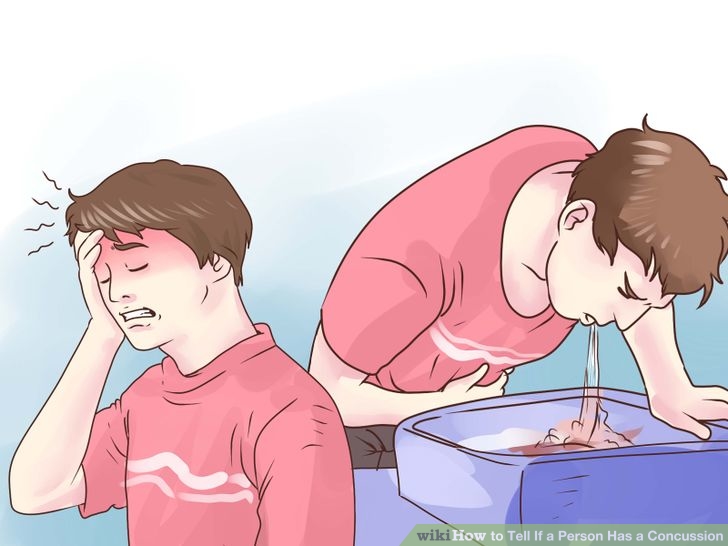
If you see that your child has unequal or larger than normal pupils (the small black spots in the eyes) after a head injury, this could indicate swelling around the brain and is a medical emergency.
Treatment for a concussion
The only treatment for a concussion is rest. The brain needs lots and lots of rest to heal from a concussion. A full recovery can take months or even a year, depending on the severity of the concussion.
The most important thing you need to know about healing from a concussion is that the brain actually needs rest from both mental and physical activity.
After a concussion, don’t allow your child to use screens of any kind, since those actually overstimulate and excite the brain. That means no:
- TV
- tablets
- music
- smartphones
Sleep is actually very healing for the brain, so encourage quiet time, naps, and early bedtimes to allow the brain as much time as possible to heal.
The takeaway
If your child has had a concussion, it’s extremely important to prevent another concussion or head injury.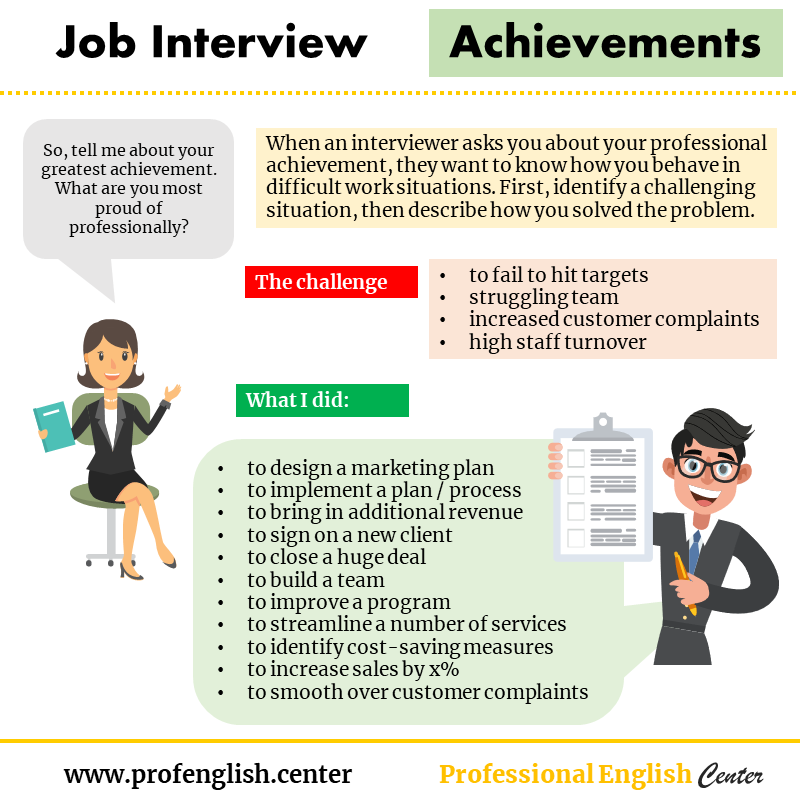 Repeated concussions can cause permanent damage to the brain.
Repeated concussions can cause permanent damage to the brain.
If your child shows any signs of regression after a concussion, like grogginess, confusion, or large mood swings, you should make an appointment with the doctor for a checkup.
Share on Pinterest
Signs of Concussion in Children: Warnings for Parents
Overview
You may think that concussions are only something that can happen on the football field or in older children. Concussions can actually happen at any age and to both girls and boys.
In fact, the American Academy of Pediatrics notes that there are actually more concussions in girls’ sports.
Moral of the story? It’s important to know the signs and symptoms of a concussion, how to prevent concussions from happening, when it’s time to take your child to the doctor, and how to treat a concussion.
What is a concussion?
A concussion is an injury to the brain that causes the brain to actually stop working normally for a temporary or permanent time.
Concussions are usually caused by some type of trauma to the head, like falling on the head or getting into a car accident.
Concussions are especially dangerous in young children because they may not be able to tell you how they’re feeling. You’ll need to watch them carefully for any signs and symptoms.
To make things even more confusing, sometimes concussion symptoms don’t show up right away after an injury. The signs and symptoms may appear hours or even days after the injury.
The signs of a concussion are generally the same for any age. But for babies, toddlers, and older children, you may have to think a little differently when trying to determine if they have a concussion.
Signs of a concussion in babies
In young babies, signs of a concussion can include:
- crying when you move the baby’s head
- irritability
- interruption in the baby’s sleeping habits, either sleeping more or less
- vomiting
- bump or bruise on the head
Signs of a concussion in toddlers
A toddler may be able to indicate when their head hurts and be more vocal about symptoms, which can include:
- headache
- nausea or vomiting
- behavior changes
- sleep changes — more or less sleeping
- excessive crying
- loss of interest in playing or doing their favorite activities
Signs of a concussion in older children (Ages 2+)
Children older than 2 years may show more behavioral changes, such as:
- dizziness or balance problems
- double or blurry vision
- sensitivity to light
- sensitivity to noise
- looking like they’re daydreaming
- trouble concentrating
- trouble remembering
- confused or forgetful about recent events
- slow to answer questions
- changes in mood — irritable, sad, emotional, nervous
- drowsiness
- change in sleep patterns
- difficulty sleeping
When to call the doctor
What happens if you see your child fall on their head or otherwise get injured? How do you know when you need to take them to the doctor?
The most important thing you can do is watch your child very carefully.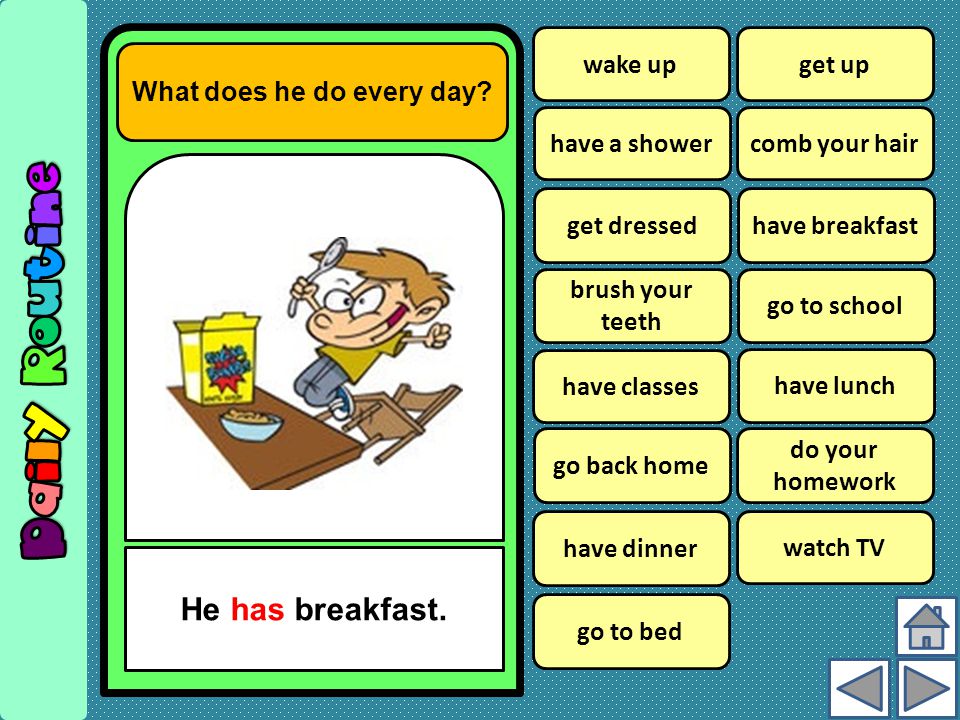 Ask yourself the following questions:
Ask yourself the following questions:
- Is my child acting normally?
- Are they acting more drowsy than normal?
- Has their behavior changed?
If your child is awake, active, and doesn’t seem to be acting any different after a mild bump to the head, your child is most likely fine.
It’s always a good idea, of course, to get your child checked out. You may not have to rush to the ER for a small bump on the head without any symptoms.
However, if your child is showing any signs of a concussion, you’ll need to get medical attention right away, especially if they:
- are vomiting
- have lost consciousness for more than a minute or two
- are difficult to wake up
- have a seizure
It’s OK to let your child nap if they’re sleepy after bumping their head, but monitor them very carefully after they wake up.
While no test can officially diagnose a concussion, a CT or MRI may occasionally be used to get a picture of the brain if the doctor suspects bleeding.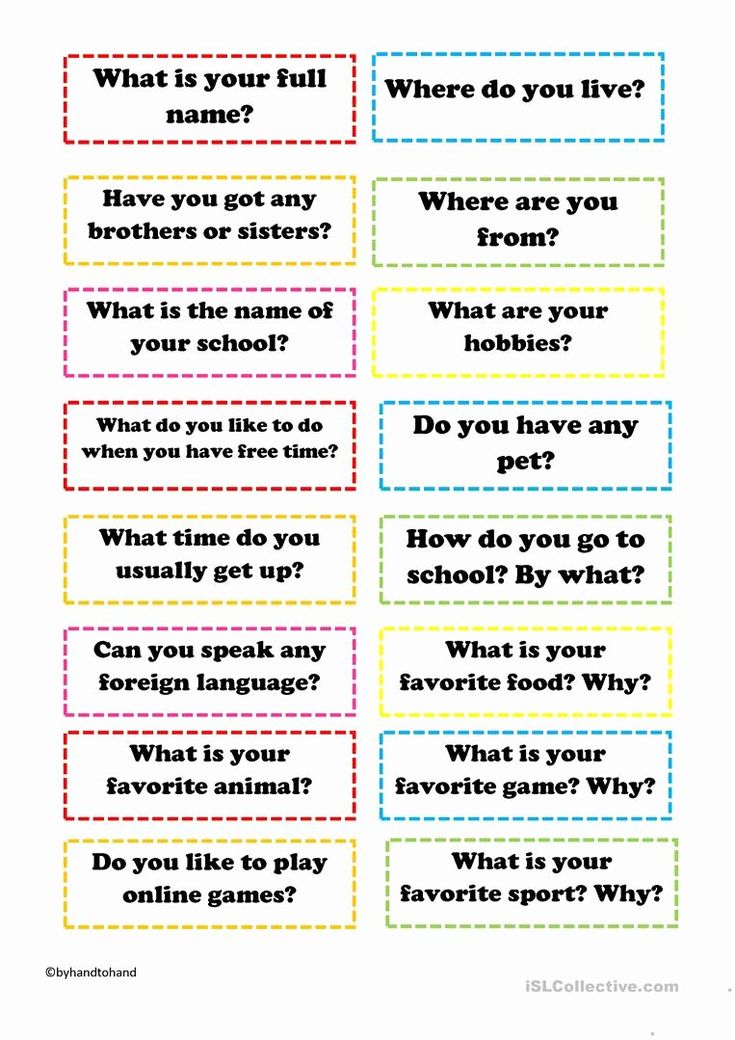
If you see that your child has unequal or larger than normal pupils (the small black spots in the eyes) after a head injury, this could indicate swelling around the brain and is a medical emergency.
Treatment for a concussion
The only treatment for a concussion is rest. The brain needs lots and lots of rest to heal from a concussion. A full recovery can take months or even a year, depending on the severity of the concussion.
The most important thing you need to know about healing from a concussion is that the brain actually needs rest from both mental and physical activity.
After a concussion, don’t allow your child to use screens of any kind, since those actually overstimulate and excite the brain. That means no:
- TV
- tablets
- music
- smartphones
Sleep is actually very healing for the brain, so encourage quiet time, naps, and early bedtimes to allow the brain as much time as possible to heal.
The takeaway
If your child has had a concussion, it’s extremely important to prevent another concussion or head injury. Repeated concussions can cause permanent damage to the brain.
Repeated concussions can cause permanent damage to the brain.
If your child shows any signs of regression after a concussion, like grogginess, confusion, or large mood swings, you should make an appointment with the doctor for a checkup.
Share on Pinterest
Symptoms of concussion in a child
Most often, concussions are defined as a transient impairment of brain function caused by traumatic exposure. As a result of direct or indirect head trauma, damage occurs at the biochemical and cellular level in the brain, they are functional in nature and disappear with time. There are no structural damages. Thus, the prognosis in most cases is favorable: the symptoms disappear after a while, and the treatment is aimed at improving the condition of the victim and speeding up recovery. But in some cases, the consequences (the so-called postconcussion syndrome) persist in the form of headaches, dizziness and some other symptoms.
In general, concussion in a child, like other types of traumatic brain injury, is more common than in adults. This is due to the fact that children are more active, often behave carelessly.
This is due to the fact that children are more active, often behave carelessly.
| A concussion is a mild TBI: what does it mean? There are certain criteria that make it possible to classify a traumatic brain injury as a lung injury. The victim is conscious, or it is slightly impaired - the so-called moderate stunning. The victim may lose consciousness, but not for long - no more than 30 minutes. Possible memory loss - amnesia - no more than 24 hours. The Glasgow Coma Scale is also used to determine the severity of TBI. The condition of the victim is assessed according to three parameters, each is assigned a certain number of points: |
| Feature | Features | Number of points |
| Does the victim open their eyes? | Opens without external stimuli, observes the environment | 4 |
| Opens when someone is talking nearby | 3 | |
| Opens in response to pain | 2 | |
| Doesn't open | 1 | |
| Does the victim have a speech reaction? | Answers questions quickly and correctly | 5 |
| Speaks phrases, but his speech is incoherent | 4 | |
| Speaks only a few words | 3 | |
| Makes inarticulate sounds | 2 | |
| Makes no sound | 1 | |
| Does the victim have a motor reaction? | Performs movements as requested | 6 |
| It is noticeable that the victim feels pain, makes movements to reduce it. | 5 | |
| In response to pain, only meaningless movements are noted. | 4 | |
| Abnormal flexion occurs in response to pain | 3 | |
| Pathological extension occurs in response to pain | 2 | |
| No motor activity | 1 |
Concussion and contusion of the brain in a child of a mild degree corresponds to a score of 13–15.
Possible causes
A concussion in a child occurs when a head injury is direct or indirect. Direct is a blunt blow to the head. Indirect injuries include sudden acceleration, deceleration, turns.
In young children, TBI most often occurs due to parental oversight. For example, a baby may fall off a bed, stroller, changing table, or other surface, or knock over a heavy object.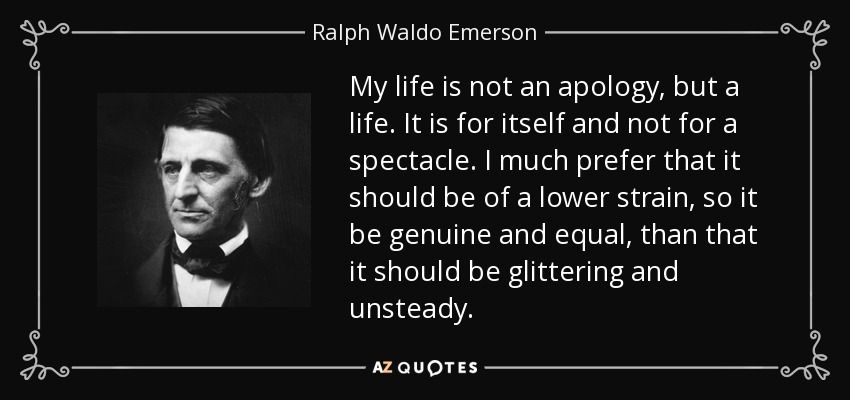 A typical example of indirect trauma is the so-called shaken baby syndrome. It occurs when the child is treated rudely, carelessly, shaken violently, rocking him.
A typical example of indirect trauma is the so-called shaken baby syndrome. It occurs when the child is treated rudely, carelessly, shaken violently, rocking him.
Many head injuries in children occur during walks: when falling from slides, swings and other structures in playgrounds, from roofs, trees, in winter during ice. TBI can be contracted in a fight and is a common cause of concussions in teenagers. The reasons also include:
- road traffic accidents - children can be injured during them, both inside the car and as pedestrians
- injury-prone sports
- falling out of the window - sometimes there are cases when a small child, being on the windowsill of an open window, leans against a mosquito net and falls out with it
- child abuse, beatings
As we mentioned above, children are more active than adults, and they have a less developed sense of danger and lack of experience. The risk of injury is also increased by such factors as increased activity, restlessness of the child compared to peers, lack of supervision, traumatic objects in the house - for example, a large flat-screen TV standing on the floor or on a low pedestal, which is easy to tip over.
Symptoms
Symptoms of a concussion in a child can be divided into four large groups: physical, cognitive, related to the emotional sphere and sleep. They are presented in the table:
| Physical symptoms |
|
| Cognitive symptoms (concerning the cognitive sphere) |
|
| Emotional symptoms |
|
| Sleep symptoms |
|
Depending on the time of occurrence, all symptoms are divided into two groups: early and delayed. Early manifestations include headache, dizziness, unsteady gait, confusion, amnesia, visual disturbances, nausea and vomiting during concussion (in the first hours). In some cases, seizures may develop. Delayed symptoms occur hours or even days later.
Early manifestations include headache, dizziness, unsteady gait, confusion, amnesia, visual disturbances, nausea and vomiting during concussion (in the first hours). In some cases, seizures may develop. Delayed symptoms occur hours or even days later.
Also, the symptoms of TBI, depending on the nature, are divided into two groups:
- Cerebral - they generally indicate brain damage. For example, it is a headache, nausea, dizziness.
- Focal - indicate damage to certain nerve centers and manifest themselves as violations of their function. With a concussion, cerebral symptoms predominate.
The easiest way to recognize a concussion is in older children and teenagers: they can talk about having a head injury and describe their symptoms. In a young child, the signs are not so obvious, especially if the parents did not see him hit. Most often in children, the clinical picture is limited to such manifestations as:
- loss of appetite
- bad dream
- increased irritability and frequent crying for no apparent reason
- restless behavior during feedings
- profuse regurgitation, vomiting
Concussion First Aid
If child has a head injury , lay him on his back with his upper body elevated. Unbutton the collar of your clothes, provide fresh air if everything happens indoors. It is impossible to immediately determine the severity of the injury on your own, so it is necessary that the child be examined by a doctor as soon as possible. You can apply an ice pack or other cold to the head.
Unbutton the collar of your clothes, provide fresh air if everything happens indoors. It is impossible to immediately determine the severity of the injury on your own, so it is necessary that the child be examined by a doctor as soon as possible. You can apply an ice pack or other cold to the head.
If the child has lost consciousness , he must be laid on his side, bending the arm and leg that are at the bottom to give a stable position. The same should be done if vomiting has begun. If possible, record the time when the loss of consciousness occurred, so that later you can calculate how long the child was in this state.
Examine the child's head : if abrasions or other skin lesions are found, they should be treated.
Even if it seems that the child feels fine, you should not leave him unattended after an injury. He may vomit and fall when he tries to stand up on his own. Just in case, there should always be an adult nearby.
Which doctor should I contact?
pediatric traumatologists deal with the treatment and diagnosis of craniocerebral injuries in children. Reception in emergency rooms is conducted around the clock - they are always ready to quickly conduct the necessary examination and provide emergency assistance. After any head injury, the child should be immediately shown to the doctor, especially in cases where the following symptoms are present:
Reception in emergency rooms is conducted around the clock - they are always ready to quickly conduct the necessary examination and provide emergency assistance. After any head injury, the child should be immediately shown to the doctor, especially in cases where the following symptoms are present:
- headache, nausea
- loss of consciousness - even momentary
- headache that does not improve after taking painkillers
- behavioral changes, especially in children under 5 years of age
- prolonged crying in an infant
- memory impairment
- head injuries in children with bleeding disorders (eg, hemophilia)
- head trauma after previous cranial cavity surgery
Alarming symptoms for which an ambulance should be called immediately:
- prolonged loss of consciousness
- the child sleeps for a long time, does not open his eyes
- seizure
- impaired vision, hearing
- bruising around the eyes, ears, bleeding from the ears
- discharge of clear fluid from the nose, ears - may indicate a skull fracture, damage to the meninges and leakage of cerebrospinal fluid
- numbness, weakness in an arm or leg
- disturbance of sense of balance, gait, speech
- open wound on the head
These symptoms often indicate that the child does not have a concussion, but a more severe TBI, which can lead to serious consequences.

On the spot, without a doctor, it is difficult to determine the severity of the injury. Even if at first it seems that the child feels well, later his condition may worsen due to increasing bleeding, swelling, and brain damage.
Pathogenesis
If you take pictures of the head after a concussion, they will not show any structural changes. Damage to the nervous tissue is functional and temporary, manifests itself at the cellular and biochemical level. This creates certain difficulties: concussion can only be diagnosed by symptoms and excluding more serious injuries, manifested by structural changes. Scientists still do not fully understand why some people endure a concussion easily and recover fairly quickly, while others have more severe symptoms and persist for a long time.
Impact acceleration and inertial trauma are the primary cause of brain damage during concussion. During direct and indirect trauma, the brain tissue rapidly accelerates, and then there is a sharp deceleration.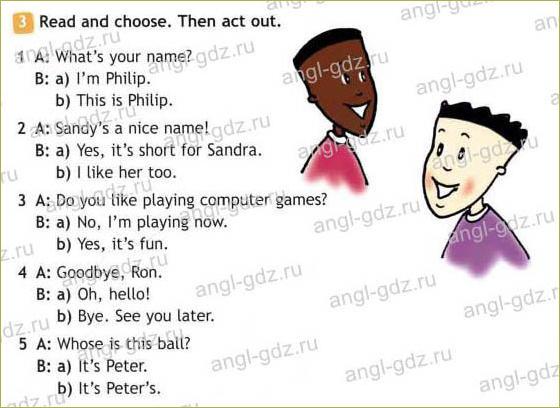 There is a vibration that spreads to all parts of the brain. It is believed that this leads to the following processes:
There is a vibration that spreads to all parts of the brain. It is believed that this leads to the following processes:
- Connections between nerve cells are temporarily broken, their long processes – axons – may suffer.
- The work of nerve centers is disrupted , which regulate the tone of the vascular wall, and because of this, a disorder of cerebral circulation occurs.
- At the time of injury, there is a sharp displacement of cerebrospinal fluid . It hits the walls of the ventricles of the brain, stretches them. As a result, the neighboring nerve centers are irritated.
- There are disturbances in the brain at the biochemical level . In the central nervous system, there are many different substances, called neurotransmitters, that transmit certain types of nerve impulses between cells. A head injury can disrupt their work.
Classification
There are three degrees of severity of concussion (they should not be confused with the severity of TBI!):
- Mild - when the child remains conscious, the symptoms persist for 15-20 minutes, and then the condition returns to normal.
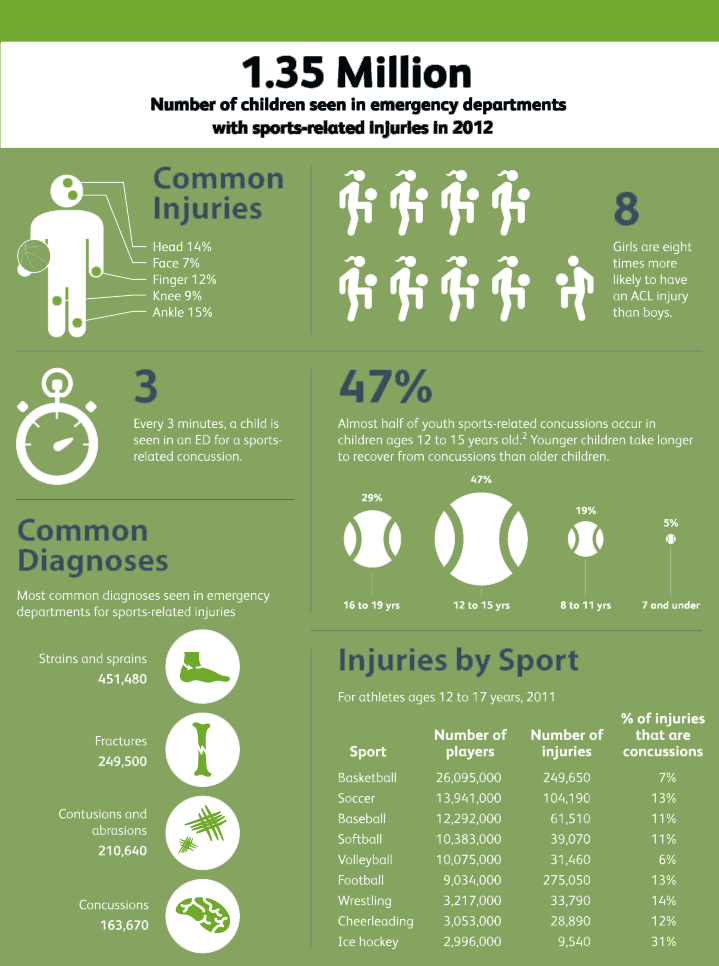
- Moderate - when the child is conscious but the symptoms persist for more than 20 minutes.
- Severe concussion with loss of consciousness.
Possible complications
Possible consequences of a concussion in a child include:
- Post-concussion syndrome is a condition that manifests itself in the form of persistent symptoms that persist for weeks and months after an injury. One study reported that, on average, manifestations persisted for seven months. These can be any of the symptoms that the concussion itself manifested. There are no signs by which it would be possible to determine in advance who will develop postconcussion syndrome. It does not depend on the severity of the injury.
- Reconcussion Syndrome is a rare but dangerous complication that develops as a result of repeated head trauma before full recovery from the first concussion has occurred. In this case, a strong swelling of the brain quickly occurs.
 Reconcussion syndrome can lead to life-threatening complications (such as brain herniation) and death.
Reconcussion syndrome can lead to life-threatening complications (such as brain herniation) and death. - Post-traumatic epilepsy is diagnosed when a child has two or more seizures one week after an injury that is not triggered by other causes. Most often, this occurs after severe TBI - in 10–20% of children, but there is a risk of developing epilepsy after mild TBI.
- Chronic traumatic encephalopathy - brain damage due to repetitive head trauma and deposition of tau protein in the nervous tissue. This condition manifests itself in the form of memory problems, speech disorders, gait, personality changes, behavior. Symptoms increase gradually as neurodegeneration progresses. The cause-and-effect relationship between concussion and chronic traumatic encephalopathy has not been fully established, scientists have yet to figure it out.
Diagnostic methods
When an injured child comes to the clinic, he is examined by pediatric traumatologist (usually a pediatric surgeon), pediatric neurologist. Physicians should take a thorough history and conduct a complete neurological examination: concussion is diagnosed clinically, nothing will be visible on the pictures.
Physicians should take a thorough history and conduct a complete neurological examination: concussion is diagnosed clinically, nothing will be visible on the pictures.
In most Russian clinics, all children with traumatic brain injuries immediately undergo head x-ray . This is a quick, simple and affordable examination, it can immediately show gross injuries, such as skull fractures. In foreign guidelines, computed tomography is preferred as a method to exclude serious damage. It is able to provide more useful information than x-rays. But CT is not recommended for everyone. In some cases, simply observing the child without pictures is sufficient.
The two most popular systems in the world today to help clinicians decide whether to take pictures are the Pediatric Emergency Care Applied Research Network (PECARN) guidelines for head trauma and the Canadian Head CT Guidelines. CT Rule). Online calculators have been compiled for these systems, they are freely available. Any doctor can use them, and these tools are very effective. It is believed that most concussion patients do not need head imaging. At the same time, if a CT scan showed a normal result, this does not mean that the child does not have a concussion.
Any doctor can use them, and these tools are very effective. It is believed that most concussion patients do not need head imaging. At the same time, if a CT scan showed a normal result, this does not mean that the child does not have a concussion.
Magnetic resonance imaging is usually recommended if symptoms persist for more than seven days. This study provides the most detailed visualization of the structures of the central nervous system and provides the doctor with maximum useful information. It is not necessary to perform this study with every fall, as it requires the child to lie down for a long time. And the noise during the study can frighten the baby or increase the post-traumatic headache.
There are no laboratory tests to diagnose a concussion. Scientists propose to measure the levels of some biomarkers in the blood, but the matter has not gone further than research. Perhaps in the future such analyzes will appear. The most promising candidates for concussion markers are glial fibrillar acidic protein and ubiquitin C-terminal hydrolase.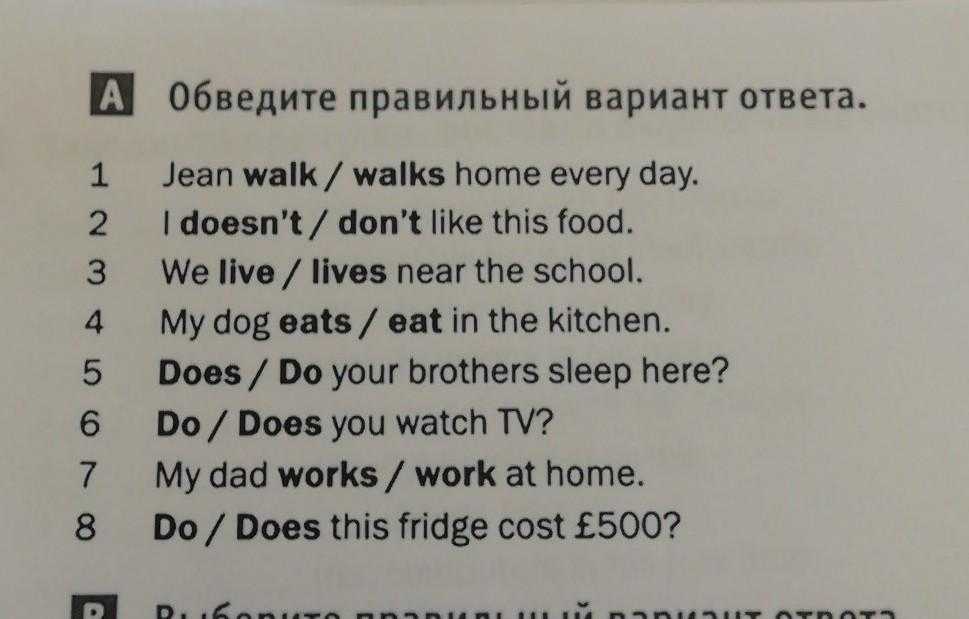 There is evidence that their levels increase in the acute period after injury.
There is evidence that their levels increase in the acute period after injury.
Methods of treatment
In Russia, a typical tactic for treating concussion in children is as follows:
Firstly, such a child is immediately hospitalized in the Department of Pediatric Traumatology. He stays in the hospital for 7-10 days, and the doctor monitors his condition. At the same time, they limit physical and cognitive (mental) activity, forbid reading books, watching TV, using a laptop, smartphone.
Many clinics prescribe drug therapy, which supposedly should improve the child's condition and prevent complications ( spoiler: it does not work ):
- diuretics - to prevent cerebral edema
- nootropics and B vitamins - to improve the functioning of the nervous system
- sedatives (sedatives)
- painkillers - for headaches
- antiemetic - for nausea and vomiting
If we turn to the results of scientific studies, then there is no reliable evidence that drug therapy can significantly affect recovery after a concussion.

By and large, only the use of painkillers for headaches is advisable. Many experts do not recommend the use of drugs that affect the clinical picture, such as sedatives that improve cognitive function, as they mask the symptoms of a concussion and prevent the doctor from correctly assessing the patient's condition.
Limitation of physical and mental stress is important, especially in the acute period - within 24-48 hours from the moment of injury. Then the child can gradually return to their usual activities under the supervision of a doctor. The terms are individual - there are no unambiguous recommendations on what day you can return to certain types of activities. There is evidence that certain therapies aimed at correcting certain disorders may be useful, for example, eye exercises for oculomotor dysfunction, cognitive behavioral therapy for mood disorders.
Forecast
The prognosis is favorable in most cases. Symptoms usually improve significantly within 1 to 2 weeks after the injury.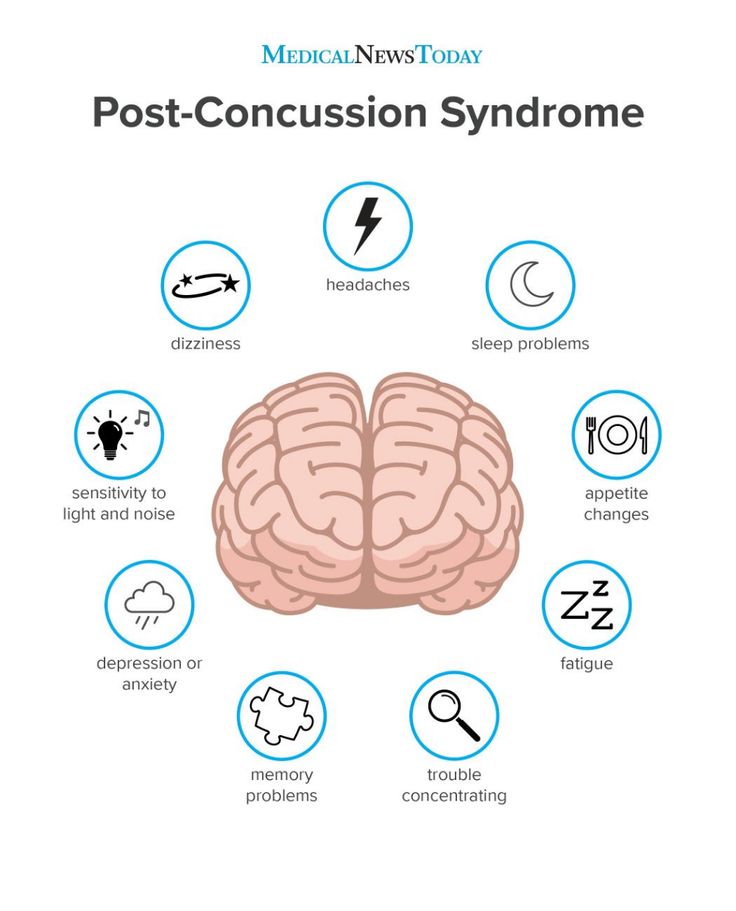 Some studies have shown that, on average, full recovery occurs after 10 days. In 2017, at the 5th International Conference on Concussion in Sports, experts stated that full recovery occurs after a month. The most important indicator influencing the prognosis is the severity of symptoms in the first few days after injury.
Some studies have shown that, on average, full recovery occurs after 10 days. In 2017, at the 5th International Conference on Concussion in Sports, experts stated that full recovery occurs after a month. The most important indicator influencing the prognosis is the severity of symptoms in the first few days after injury.
Prophylaxis
The main measures to prevent TBI in children are as follows:
- Children under three years old must be supervised at all times by an adult . At home, they need to provide a safe environment so that they cannot fall from a height or drop something on themselves.
- Older children need to be taught basic safety rules on the street, roadway.
- If a child goes in for sports, he must wear appropriate equipment , follow the safety rules.
Main
- Concussion is a type of mild traumatic brain injury. It is accompanied by functional disorders in the brain at the cellular and biochemical, but not at the structural level.
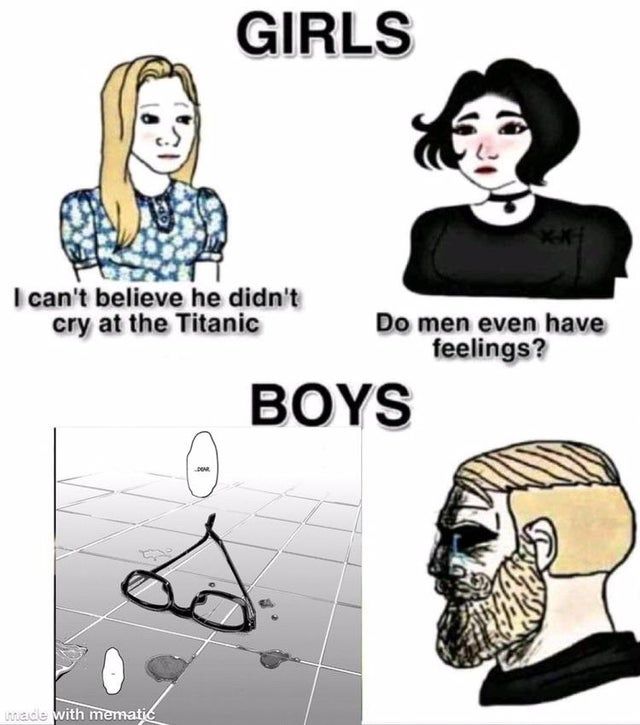
- Concussions are more common in children than in adults because they are more active and have a less developed sense of danger.
- Only a doctor can establish the correct diagnosis and assess the severity of the injury. The injured child must be immediately taken to the emergency room or call an ambulance.
- Concussion is diagnosed by clinical presentation. The pictures do not show any changes: they are performed only in order to rule out a more serious injury.
- In Russia, a child with mild TBI is usually admitted to a hospital for 7-10 days.
- Treatment is supportive. In the first days after the injury, it is necessary to limit physical and mental stress, exclude activities associated with eye strain (reading, working with a laptop, tablet, smartphone).
- The effectiveness of drug therapy is limited, there is no clear scientific evidence that it can affect recovery after a concussion.
- The prognosis is favorable in most cases.
 Complications are rare.
Complications are rare.
Sources
https://www.ncbi.nlm.nih.gov/books/NBK537017/
https://www.ncbi.nlm.nih.gov/pmc/articles/PMC8658671/
https://probolezny.ru/sotryasenie- golovnogo-mozga-u-detej/
https://www.krasotaimedicina.ru/diseases/children/concussion
https://fantasyclinic.ru/encyclopedia/travmy/sotryasenie-mozga-u-rebenka/
https://emedicine.medscape.com/article/ 92095-clinical#b3
https://emedicine.medscape.com/article/
https://www.frontiersin.org/articles/10.3389/fneur.2018.00203/full
https://kidshealth. org/en/parents/concussions.html
https://www.nhs.uk/conditions/head-injury-and-concussion/
https://pubmed.ncbi.nlm.nih.gov/26918481/
https://www.ncbi.nlm.nih.gov/books/NBK537017/
https://www.ncbi.nlm.nih.gov/pmc/articles/PMC6684694/
https://www.ruans .org/Text/Guidelines/pediatric-head-injury-2021.pdf
https://ruans.org/Text/Guidelines/mild_head_injury.
 pdf
pdf https://www.merckmanuals.com/medical-calculators/GlasgowComaScale-en .htm
https://www.smdoctor.ru/disease/sotryasenie-mozga/
https://www.msdmanuals.com/ru-ru/
https://www.mayoclinic.org/first-aid/first -aid-head-trauma/basics/art-20056626
Concussion in a child symptoms and treatment. Signs of a concussion in a child. How to identify a concussion in a child? What to do with a concussion in a child?
Despite on the security measures taken, brain injuries, unfortunately, happen often enough. Let's talk about concussion today. My son was for several years, when he ran, jumped for a walk and fell headfirst. As with of all parents, first of all, there is fear, guilt, then understanding what to do next. What to look for, for what symptoms monitor whether it is necessary to go to the hospital, whether examination and observation in the hospital is necessary, what restoration is needed. Let's try to answer these questions.
Concussion - mild traumatic brain injury disrupts the brain. Symptoms and effects of a concussion, the ones below are usually temporary.
Symptoms and effects of a concussion, the ones below are usually temporary.
For colleagues: concussion of the brain refers to the so-called mild head injury brain (mild traumatic brain injury) (Mild Traumatic Brain Injury). It's spicy developed impairment of brain function, which is a consequence of a blunt blow with sudden acceleration, deceleration or rotation of the head, in which the patient on admission to the hospital is in a clear consciousness or the level of wakefulness reduced to moderate stun, while there may be a short-term loss of consciousness (up to 30 minutes) and/or amnesia (up to 24 hours), and/or transient neurological symptoms (focal symptoms or seizures), while the assessment according to the Glasgow Coma Scale (GCS) 13-15 points.
Example: a mild head injury or concussion is when a child:
- may have had a short-term loss/change in level of consciousness during trauma
- but now the child is conscious and interacts with you
- he may have vomited, but only once
- may be bruised or cut on the head
- in everything else is fine.
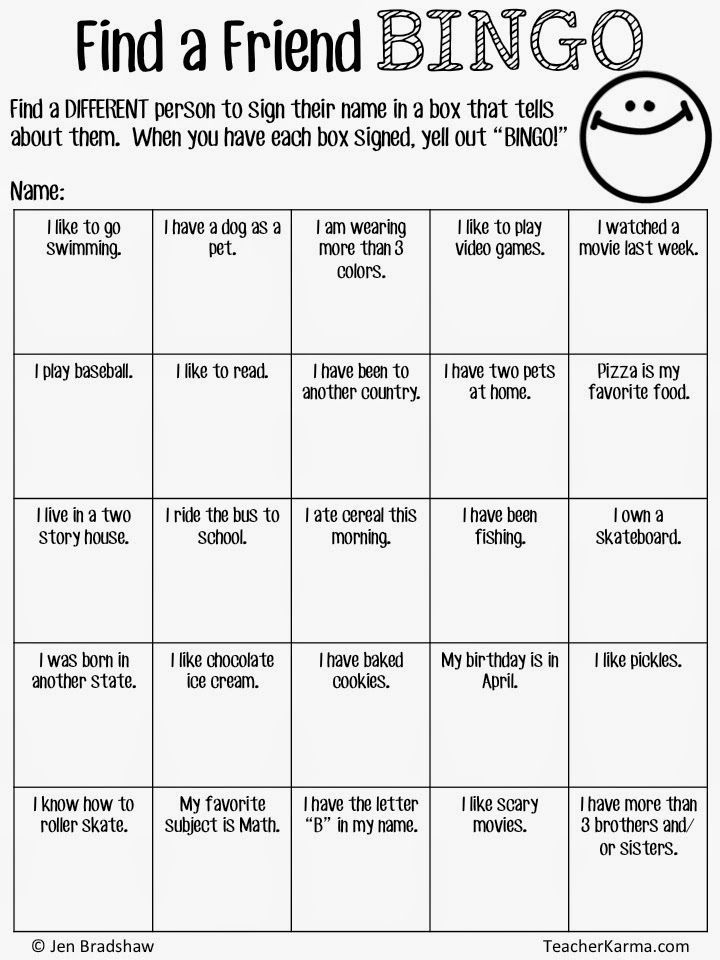
Concussion symptoms
Check symptoms immediately after injury and within a few (2-3 days).
All concussion symptoms can be divided into 5 subtypes (Lumba-Brown et al. Neurosurgery 2020):
- Headache/migraine (most common symptom in children and adolescents, often with aura, nausea/vomiting, sensitivity to light/sound/smell; if children have previously suffered from headache pain, then after a concussion, the frequency and strength of pain increase).
- Oculomotor disorders (visual system dysfunction - problems with focusing, photophobia, double vision eyes, eye fatigue, etc.).
- Vestibular disorders (impaired movement and orientation of the body in space and time; dizziness; nausea, vomiting).
- Emotional disorders (mood changes - anxiety, anxiety, depression, sadness, fatigue, sometimes anger and irritability).
- Cognitive impairment (violation of concentration; memory; speed of reaction; decrease in mental performance).
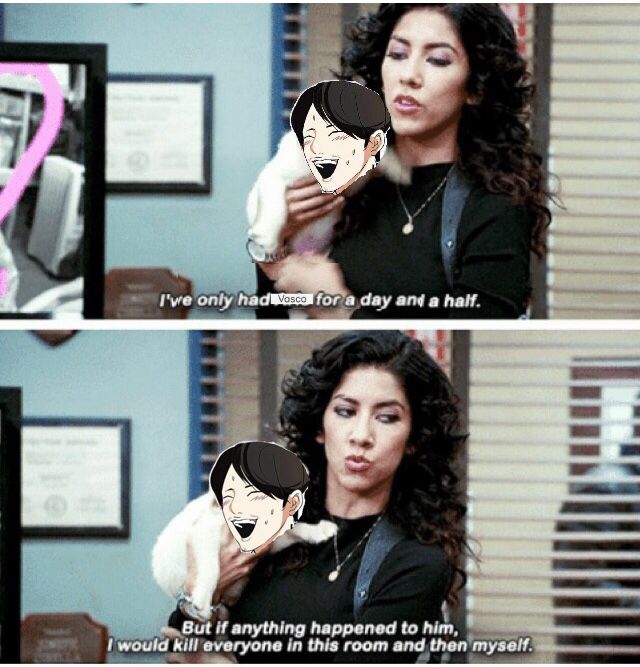
Also sleep disturbance is common condition associated with concussion.
General signs and symptoms of concussion brain may include:
- Headache or feeling of pressure in head
- Nausea or vomiting
- Balance problems or dizziness
- Double or blurry vision
- Sensitivity to light or noise
- Feeling tired, lethargic, sleepy or dazedness
- Difficulties with attention
- Problems with memory
- Confusion
- Slowness in understanding and responding to other
- Sleep problems
- Mood swings and irritability
- Changes in behavior
- Changes in personality
children who have had a head injury, symptoms may develop in different time. Some of the symptoms may take a few minutes or hours after the initial injury, while others may appear after several days or weeks.
Do I need to seek medical help?
to you should see a doctor (pediatrician/neurologist) if your child has any of the above symptoms of a mild head injury and you worry about them.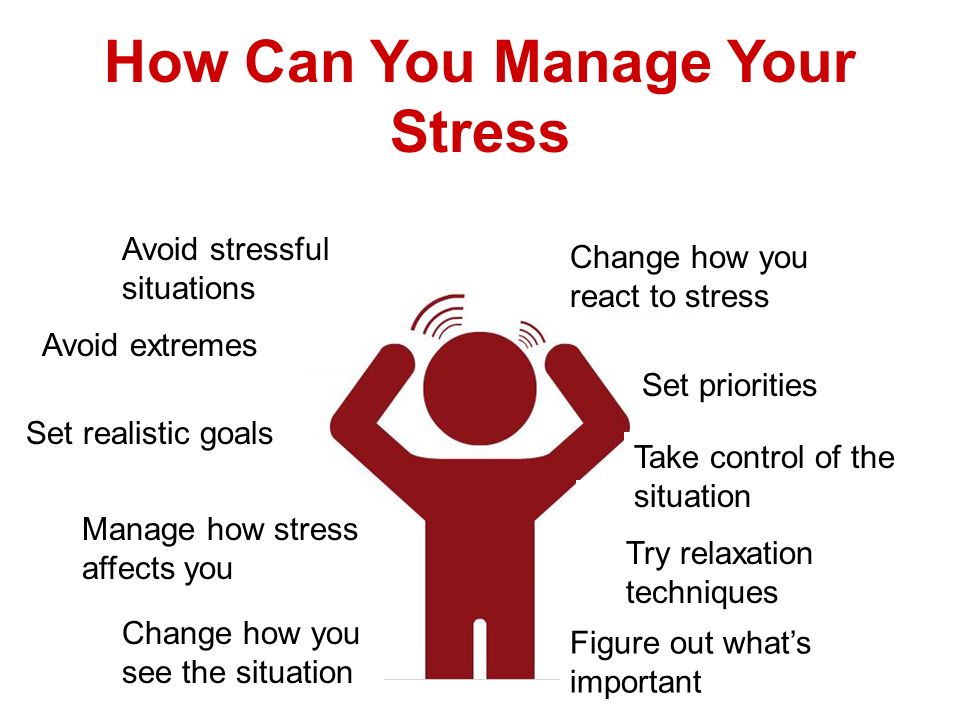 Otherwise, keep watching your child at home for any warning signs and symptoms described below.
Otherwise, keep watching your child at home for any warning signs and symptoms described below.
Threatening symptoms requiring emergency and medical examination of the nearest hospital:
- vomiting more than once
- bleeding or any discharge from ear or nose
- seizures/convulsions/twitching
- inability to recognize people or places
- severe drowsiness
- incessant25 loss of consciousness2
- one pupil is larger than the other
- blurred vision or double vision
- poor coordination or clumsiness
- any new weakness in an arm or leg, or any existing weakness that getting worse or not getting better
- difficulty swallowing or coughing while eating or drinking
- sensitivity to noise
- slurred or slurred speech
- unusual or confused behavior
- severe or persistent headache that is not relieved by paracetamol
- the injury was caused by high speed and/or altitude
Observation for a child after a concussion
Necessary observe the child's condition in dynamics, especially in the first hours (12-24 hours) after a concussion. The main thing is to understand if there is a worsening of symptoms: an increase in headache, increased arousal and other changes in mental status, whether there is bradycardia (decreased heart rate), irregular breathing. If the injury occurred at night, when the child is sleepy, it is necessary to observe longer, until the morning, exactly, whether his drowsiness is related to the time of day or to consequence of injury.
The main thing is to understand if there is a worsening of symptoms: an increase in headache, increased arousal and other changes in mental status, whether there is bradycardia (decreased heart rate), irregular breathing. If the injury occurred at night, when the child is sleepy, it is necessary to observe longer, until the morning, exactly, whether his drowsiness is related to the time of day or to consequence of injury.
Required whether an additional examination?
Neuroimaging (CT and MRI studies) are not routinely recommended for concussion. The PECARN and CHALICE algorithms are used to determine the need for neuroimaging in the world. Below (more for doctors) these algorithms are presented, on the basis of which we make a decision. For It is useful for parents to understand what is a dangerous mechanism of injury in different age.
** Dangerous mechanisms of injury :
- Traffic accidents if the child is thrown out of the car; If another passenger died; if the child moved on rollers; collision car / motorcycle on a pedestrian or cyclist without a helmet.

- Fall from a height of more than 1.5 meters by a child 2 years of age or older, or more than 90 cm for a child under 3 years old.
- Striking the head with a high speed object.
Low hazard injury mechanisms:
- Fall to the floor.
- Collision with a stationary object.
Other injury mechanisms are considered moderately dangerous. (openneuro.ru)
I can help my child recover from a concussion brain?
Most children recover in 1 month. 30% of children have symptoms for more than 1 month. These children may benefit from additional treatments.
- After a minor head injury to your child you will need a lot of rest and sleep, especially in the first 24-48 hours.
- Use medication for headaches ibuprofen and paracetamol, remove bright lights and noise if they are triggers. Wear sunglasses or a hat in bright light.
- Tell teachers that children can require an individualized training plan with plenty of time for work or less workload.
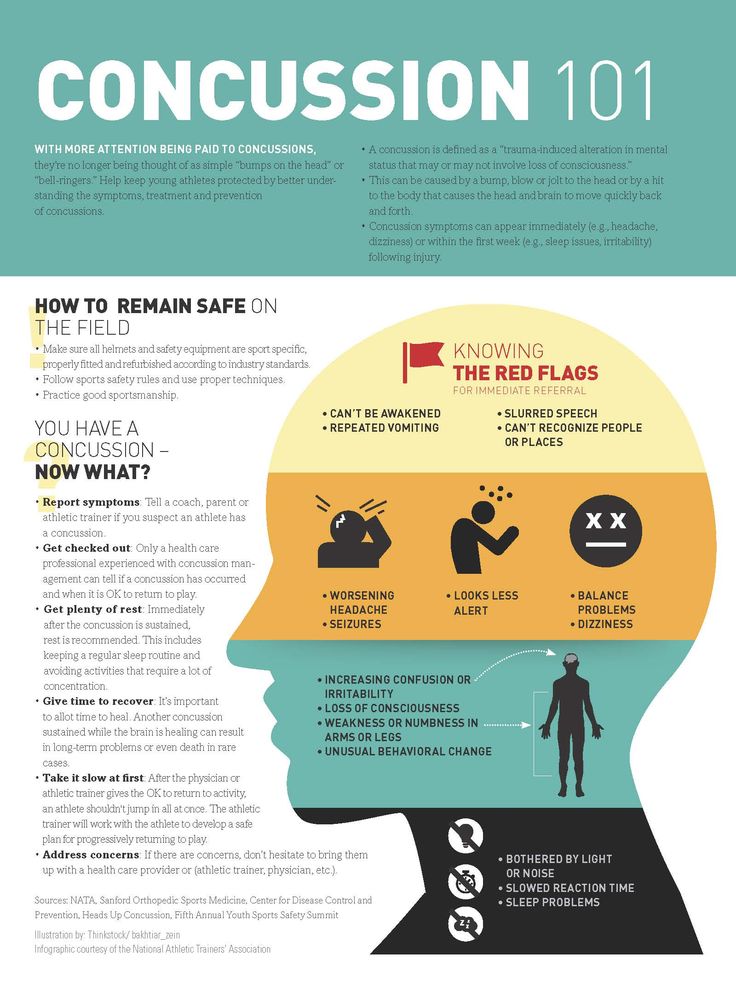
- Reduce the teaching load or the number classes at school and at home, take rest breaks during the day, ensure child a place where he can be in silence.
- Reduce the amount of screen time.
- Help your child avoid loud/crowded places.
- Maintain your sleep routine and hygiene to the child went to bed on time, in a calm environment.
- Stay positive.
- Avoid activities that may lead to re-injury.
Return to sports and physical activity
- Gradual integration into cognitive and physical activity after 2-3 days of rest.
- Aerobic activity may reduce duration of symptoms.
- Take breaks when needed.
- After a head injury, children are in at risk of re-injury, which can lead to cerebral edema. And me should play dangerous games or engage in contact sports during recovery time after a concussion within 2-4 weeks.
6 steps return to physical activity and sports after a concussion
It is important for parents and coaches of an athlete monitor for concussion symptoms daily. The athlete should proceed to the next stage only if at the current stage he has no new symptoms. If the athlete's symptoms return or if new symptoms appear, this is a sign that the load is too great. Need rest and medical examination. After rest and no concussion symptoms the athlete may start from the previous step.
The athlete should proceed to the next stage only if at the current stage he has no new symptoms. If the athlete's symptoms return or if new symptoms appear, this is a sign that the load is too great. Need rest and medical examination. After rest and no concussion symptoms the athlete may start from the previous step.
Step 1: Return to regular activities
The return of the athlete to regular activities involves process. It starts with a few days of rest (2-3 days), then follows light activity (such as short walks) and moderate activity (eg, riding a stationary bike) that do not worsen symptoms.
Step 2: Light Aerobic Exercise
Start with light aerobic exercise only to increase your heart rate. athlete contractions. This means 5 to 10 minutes of practice per stationary bike, walking or light jogging.
Step 3 Moderate activity
Continue physical activity to increase frequency athlete's heart rate. This includes jogging intensity, short run, medium-intensity exercise bike, heavy medium-intensity athletics (less time and/or less weight compared to with normal schedule).
Step 4: Heavy non-contact activity
Add heavy non-contact physical activity such as sprinting/running, high-intensity exercise bike, regular weightlifting, non-contact sports exercises (in three planes of movement).
Step 5: Full contact activity
The young athlete may return to training and full contact (if appropriate for the sport) in a controlled workout.
Step 6 Competition
The young athlete may return to competition.
Post-concussion syndrome
is a complex disease accompanied by concussion symptoms that persist longer than usual recovery after a concussion (longer than a month) (occurs more often after history of multiple concussions). In this case, you need to show doctor.
Author: Florinskaya Evgeniya Borisovna Pediatric neonatologist
41066 views
Specialists on this issue
Keshishyan Elena Solomonovna
Pediatric neonatologist, pediatric neurologist
Doctor of Medical Sciences, Professor.